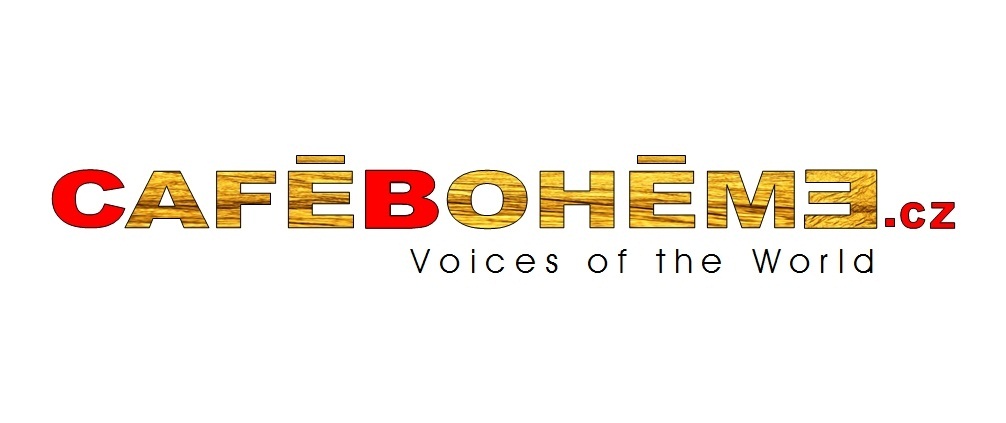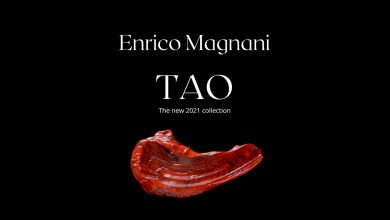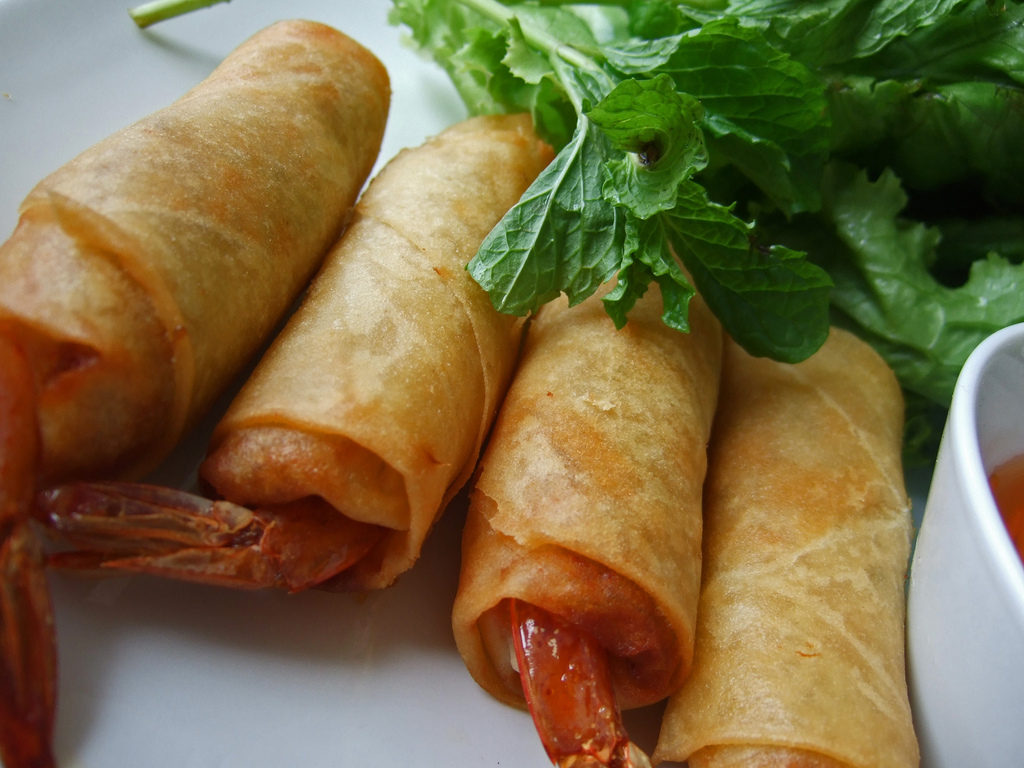
“Last year, the Czech government recognized them as an ethnic and linguistic minority, an important step for the ethnic group that has a more and more notable social and economic influence”.
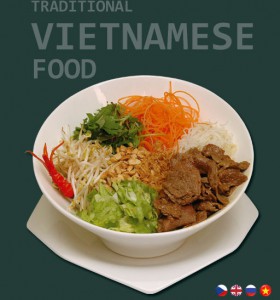 With more than 70,000 members, of whom about 40,000 have a permanent residence permit, the Vietnamese are the third largest foreign community in the Czech Republic, after the Slovaks and Ukrainians. The wave of migrants into Czechoslovakia began in the 1970s, during the Vietnam War and in the immediate aftermath, when the good diplomatic relations between North Vietnam and the Czechoslovak government of then favoured their settlement in Prague and other cities, where a large community of people from the Asian country arrived either for study or for work. In the 80s there were already more than 30,000, and many of them, after the collapse of communism in the 90s, encouraged the arrival of their family allowing the start of a process of continuous growth that continues today.
With more than 70,000 members, of whom about 40,000 have a permanent residence permit, the Vietnamese are the third largest foreign community in the Czech Republic, after the Slovaks and Ukrainians. The wave of migrants into Czechoslovakia began in the 1970s, during the Vietnam War and in the immediate aftermath, when the good diplomatic relations between North Vietnam and the Czechoslovak government of then favoured their settlement in Prague and other cities, where a large community of people from the Asian country arrived either for study or for work. In the 80s there were already more than 30,000, and many of them, after the collapse of communism in the 90s, encouraged the arrival of their family allowing the start of a process of continuous growth that continues today.
In 2013, the Czech government officially recognized the Vietnamese as an ethnic and linguistic minority. This recognition is particularly important because it promotes the development and protection of the culture and the language of the ethnic group that has gained more and more influence on the economy of the Czech Republic. There are about 20,000 Vietnamese entrepreneurs active on the Czech territory in various sectors, and their economic power is demonstrated by the growing interest that banks and service companies show towards this dynamic and active minority. In 2010 the flow of goods from Vietnam to the Czech Republic generated a turnover of about 5 billion Crowns, compared to the 1,2 billion generated by the reverse flow.
Despite the expanding of the economic sectors of interest of the community, the main one remains the food market. There are more than 3,000 different grocery stores, mainly of fruit and vegetables, in the hands of the Vietnamese who have an almost exclusive monopoly in the area. The shops they run are open almost every day of the year, going well beyond the closing hours of the Czech competitors. This feature, in addition to the fact that in kiosks operated by Asians, there is a greater variety of goods and often better quality, has allowed them to beat the competition. Over the past three years, the number of these stores has trebled and the phenomenon does not seem to show signs of stopping.
Despite the Vietnamese community being large and present in this country for almost forty years, it has been a particularly closed minority for some time, with an almost exclusively commercial relationship with the local population. In recent years, however, this situation has been rapidly changing. The new generation, born and raised in the Czech Republic, is more culturally and linguistically integrated, but with the advantage of preserving the language and culture of their parents. Even among the Vietnamese youth of school age, studying alongside their Czech peers, the Czech language is often the dominant one and it is not rare to see couples together, in which one of the lovers has almond-shaped eyes.
The proof that this cultural exchange has reached higher levels than in the past can be found in a particularly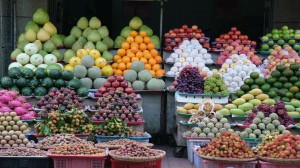 significant item statistic: the huge increase in recent years of the Vietnamese restaurants in the main cities of the Czech Republic, to the point that today their restaurants and bistros are practically everywhere, especially in Prague. The dinner table has always been a meeting point of different cultures and the food an important part of their cultural identity yet at the same time, a vehicle of the latter. The Czechs love for oriental culture is well known, and Vietnamese entrepreneurs in the restaurant business have quickly picked up the scent of the business potential. On the other hand, if the Czechs like Vietnamese cuisine, Vietnamese particularly love Czech beer, even to the extent that Plzeňský Prazdroj has opened its first Pilsner Urquell restaurant in Hanoi, South-East Asia, exporting in 2010 over 1,500 hectolitres of beer. Another interesting fact is the spread of shops that sell exclusively Asian food products and even in the resale of Vietnamese fruit and vegetables, ethnic products are beginning to appear which until recently were virtually unknown in the Czech Republic, such as the breadfruit (Artocarpus), and the dragon fruit (Hylocereus undatus).
significant item statistic: the huge increase in recent years of the Vietnamese restaurants in the main cities of the Czech Republic, to the point that today their restaurants and bistros are practically everywhere, especially in Prague. The dinner table has always been a meeting point of different cultures and the food an important part of their cultural identity yet at the same time, a vehicle of the latter. The Czechs love for oriental culture is well known, and Vietnamese entrepreneurs in the restaurant business have quickly picked up the scent of the business potential. On the other hand, if the Czechs like Vietnamese cuisine, Vietnamese particularly love Czech beer, even to the extent that Plzeňský Prazdroj has opened its first Pilsner Urquell restaurant in Hanoi, South-East Asia, exporting in 2010 over 1,500 hectolitres of beer. Another interesting fact is the spread of shops that sell exclusively Asian food products and even in the resale of Vietnamese fruit and vegetables, ethnic products are beginning to appear which until recently were virtually unknown in the Czech Republic, such as the breadfruit (Artocarpus), and the dragon fruit (Hylocereus undatus).
The Vietnamese restaurants in the Czech Republic offer a selection of dishes chosen from the rich variety of this cuisine. It is said that they boast about 500 traditional dishes ranging from the better-known ones, which you can eat at any restaurant, to the especially exotic ones, such as the snake meat. However, fruit and vegetables are the real queens of this cuisine, which is renowned throughout the world for its freshness and authenticity, and for the economical use of oil (as opposed to the nearby Chinese food that usually turns out to be far more greasy). The basic ingredients of Vietnamese cuisine, in addition to the fruit, vegetables and meat are: the inevitable rice; a wide variety of herbs such as coriander, mint and citronella; spices such as cinnamon, ginger, chilli etc. and sauces, like soy sauce and “nuoc mam” fish sauce, which is obtained by pouring fermented fish with salt. This sauce, with its intense flavour, is a distant relative of the ancient Roman “garum”. Thanks to the combination of ingredients that follow the dictates derived from Buddhist philosophy, the use of fresh herbs and vegetables and minimal use of oil, Vietnamese cuisine is considered one of the healthiest in the world. The dishes are the result of a perfect balance between “yin” and “yang” ingredients, (hot and cold) skilfully combined to give the body the right harmony of tastes. Even the colour of the plates is not random, they in fact trying to always have five different colours, corresponding to the five senses and the five flavours: salty, sweet, spicy, sour and bitter so as to create a unique and complete dining experience.
 In the Vietnamese restaurants in Prague the choice of dishes is varied, ranging from the famous “Pho” (soup prepared with vermicelli or rice noodles, pieces of beef, chicken and fish, seasoned with aromatic herbs), to “canh chua ca” (hot and spicy fish soup), to the classic “Cha giò” (fried pork rolls) and the “Goi cuon” (stuffed with boiled meat and rice noodles with vegetables and coriander) and vegetable dishes and meat dishes with white rice, served using varying methods and interpretations. However, for a truly authentic culinary experience you have to take a little time and visit the restaurants and bistros in “Sapa”, the “Little Hanoi” as it is defined by the Czechs: the largest Vietnamese market in the Czech Republic – a true enclave of the Asian country, the nerve centre of the community – located in Prague-Libuše, in the extreme southern suburbs of the city. Walking the streets of this huge market, the stalls of various items and grocery stores, you really get the impression of being in Saigon or Hanoi, with the exotic smells and frenetic rhythm. Here the magicians of the Asian “street food” cook mainly for their countrymen, which ensures truly authentic flavours. If you really want to discover the secrets of Vietnamese food culture and do not have too many prejudices, this is the place for you. The difference between Sapa bistros and restaurants in the rest of the city is really very noticeable. In often improvised kitchens, not really conforming to ISO or UNI standards, masters of unpronounceable names move around, who do not need Michelin stars or awards from authoritative food critics to seduce the palates in search of intense emotions. Chuc an ngon!
In the Vietnamese restaurants in Prague the choice of dishes is varied, ranging from the famous “Pho” (soup prepared with vermicelli or rice noodles, pieces of beef, chicken and fish, seasoned with aromatic herbs), to “canh chua ca” (hot and spicy fish soup), to the classic “Cha giò” (fried pork rolls) and the “Goi cuon” (stuffed with boiled meat and rice noodles with vegetables and coriander) and vegetable dishes and meat dishes with white rice, served using varying methods and interpretations. However, for a truly authentic culinary experience you have to take a little time and visit the restaurants and bistros in “Sapa”, the “Little Hanoi” as it is defined by the Czechs: the largest Vietnamese market in the Czech Republic – a true enclave of the Asian country, the nerve centre of the community – located in Prague-Libuše, in the extreme southern suburbs of the city. Walking the streets of this huge market, the stalls of various items and grocery stores, you really get the impression of being in Saigon or Hanoi, with the exotic smells and frenetic rhythm. Here the magicians of the Asian “street food” cook mainly for their countrymen, which ensures truly authentic flavours. If you really want to discover the secrets of Vietnamese food culture and do not have too many prejudices, this is the place for you. The difference between Sapa bistros and restaurants in the rest of the city is really very noticeable. In often improvised kitchens, not really conforming to ISO or UNI standards, masters of unpronounceable names move around, who do not need Michelin stars or awards from authoritative food critics to seduce the palates in search of intense emotions. Chuc an ngon!
by Mauro Ruggiero on Progetto Repubblica Ceca
